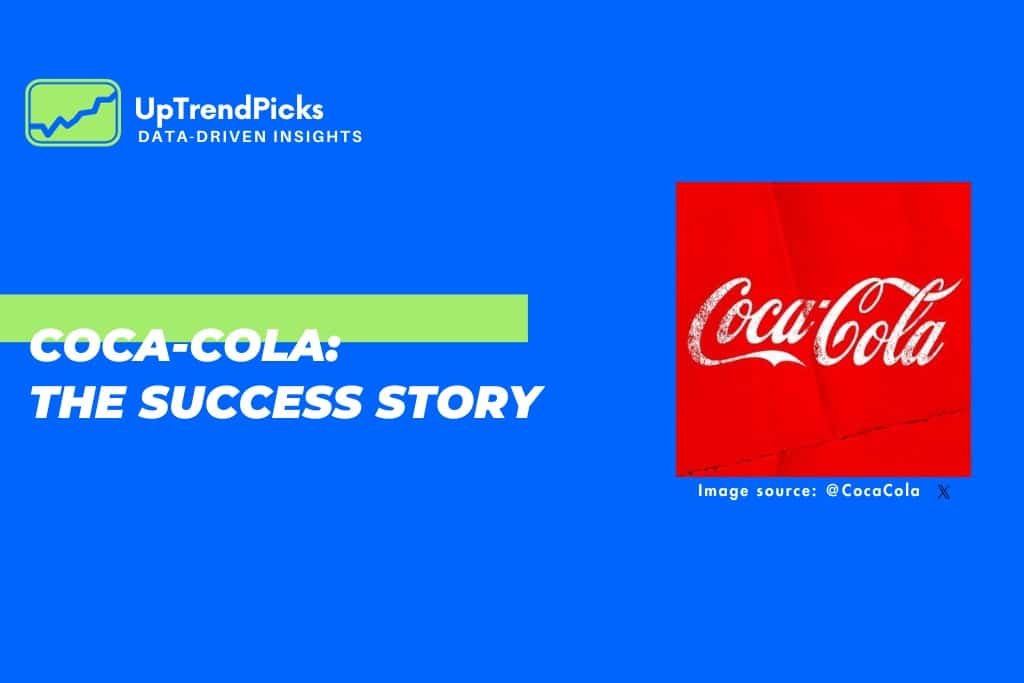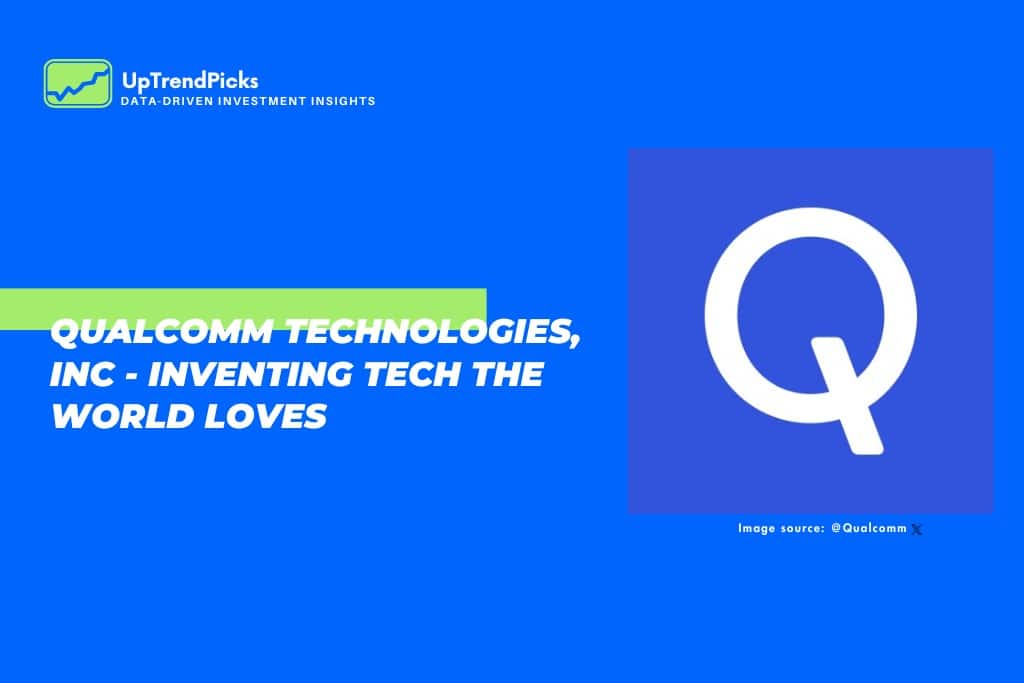THE COCA-COLA SUCCESS STORY

The origin
May 8, 1886, was the day Coca-Cola’s humble beginnings began. Dr. John Pemberton served the world’s first Coca-Cola at Jacobs’ Pharmacy in Atlanta, Georgia. Little did he know that this concoction, initially created as a tonic for common ailments, would evolve into a global phenomenon and become a cultural touchstone.
Coca-Cola’s global evolution
Fast forward to today, and Coca-Cola has transformed into a total beverage company. With over 2.1 billion servings enjoyed daily across 200 countries, it’s not just a drink; it’s a symbol of shared moments and universal joy. Coca-Cola’s rapid global expansion is attributed to its unique franchise distribution system, the Coca-Cola System. Since 1889, this system has produced syrup concentrate sold to bottlers worldwide, a strategy pivotal to the company’s exponential growth. Coca-Cola employs a low pricing strategy, making prices distinct yet affordable. This approach, coupled with a focus on brand awareness, enables Coca-Cola to maintain a competitive edge and penetrate new, price-conscious markets.
The portfolio: Beyond the bubbles
Coca-Cola responds to diverse consumer preferences with a product portfolio that extends far beyond carbonated beverages, boasting more than 3,900 beverages. The catalog includes still and sparkling water, dairy, fruit juices, organic and plant-based drinks, teas, and coffees. In response to changing consumer preferences, Coca-Cola strategically diversified its offerings. This shift in incorporating hot and cold coffee beverages aligns with the pursuit of diverse and healthier beverage options, widening Coca-Cola’s market appeal. From the classic Coca-Cola to Diet Coke, Fanta, and Sprite, Coca-Cola’s global brand portfolio is a constellation of beverages. With each sip, consumers connect with a legacy that spans generations.
Fueling unstoppable growth via acquisitions
Coca-Cola’s growth story involves strategic mergers, acquisitions, and partnerships, with over 500 individual brands under its umbrella. From Minute Maid in 1960 to the recent acquisition of sports drink company BodyArmor, each move cements Coca-Cola’s dominance in the food and beverage industry. The $5.6 billion investment in BodyArmor solidifies Coca-Cola’s presence in the sports drink segment. Embracing digital platforms, Coca-Cola employs a robust digital marketing strategy on platforms like Facebook, Twitter, Instagram, YouTube, and Snapchat. The brand leverages SEO, email, content, and video marketing to engage with a diverse audience. These forays Coca-Cola’s highlight highlights its commitment to staying ahead in the ever-evolving beverage business.
A shareholder’s delight
Coca-Cola’s financial strength reveals a total shareholder equity of $27.8 billion, with total assets and total liabilities at $97.6 billion and $69.7 billion, respectively. A debt-to-equity ratio of 150.3% indicates a balanced approach to capital structure. Coca-Cola’s financial prowess is a tribute to its enduring popularity. The company is an economic giant with a market capitalization that stands impressively at $253.83 billion with 53 consecutive years of dividend increases. Annual revenue exceeding $40 billion paints a picture of a company deeply embedded in global commerce. Coca-Cola’s commitment to shareholders is evident in its dividend history. The company consistently rewards its investors with dividends solidifying its reputation as a reliable dividend-paying stock. While maintaining consistent earnings per share (EPS) growth, Coca-Cola maintains a resilient financial position.
Stock performance in 2023
In 2023, Coca-Cola, represented by the stock ticker KO on the NYSE, underwent a notable upswing, with its stock surging from a high of $64.00 to a low of $51.55, reflecting a substantial increase of 21.12%. Coca-Cola has garnered investor attention for various reasons. This includes a Dividend Yield of 1.84% and a P/E Ratio of 23.57, both indicative of a favorable market valuation. Emphasizing the company’s financial robustness are key performance metrics, with a substantial share volume of 7,967,761 and an average volume of 15,390,024. Examining Moving Averages, which encompass the 50 DMA at $58.72, the 100 DMA at $56.27, and the 200 DMA at $42.06, provides valuable insights into Coca-Cola’s recent stock trends. These indicators offer investors a comprehensive view of the company’s performance over various time frames.
According to information from Nyse.com, Coca-Cola’s largest institutional shareholder is Berkshire Hathaway Inc, holding an impressive 400,000,000 shares, amounting to 23,484,000 (000). This significant investment underscores Coca-Cola’s appeal among major institutional investors.
Environmental and social consciousness: A journey since 1953
Coca-Cola’s corporate social responsibility journey dates back to 1953 when it established an anti-litter organization. Over the years, the company has actively analyzed and mitigated the environmental impact of its products. Coca-Cola’s responsible marketing policy ensures no direct marketing to children under 12. This commitment to ethical advertising reflects the brand’s dedication to socially responsible practices. Coca-Cola’s philanthropic endeavors extend worldwide, addressing sustainable access to water, a circular economy, climate resilience, disaster preparedness and response, and economic empowerment.
Coca-Cola’s evolution from a single glass of drink at Jacobs Pharmacy in 1886 to a global beverage giant reflects innovation, strategic evolution, and the brand’s enduring success.
For more insights and analysis, visit Uptrendpicks.com


